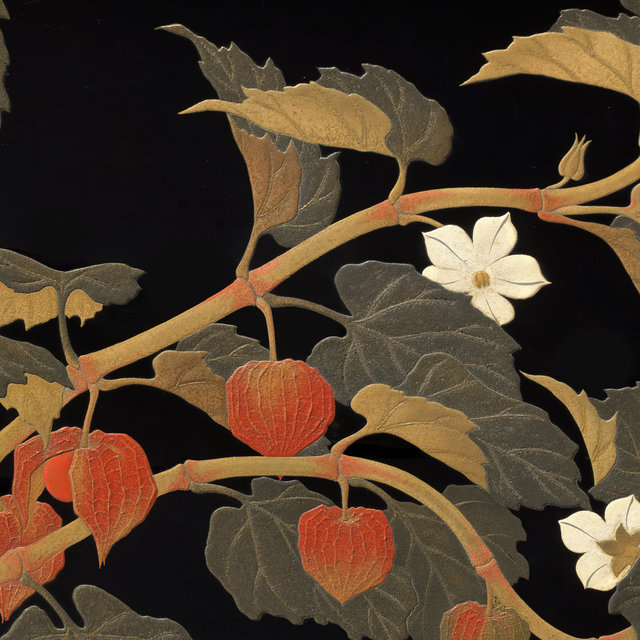Rijksmuseum Amsterdam receives Leading Collection of Modern Japanese Lacquer

Collectors Jan Dees and René van der Star have donated to the Rijksmuseum a wide-ranging and world-class collection of modern Japanese lacquer comprising 90 objects. They previously donated their kimono collection, seven room dividers and their collection of Southeast Asian fabrics to the Rijksmuseum and the Royal Asian Art Society in the Netherlands.
Jan Dees and René van der Star first became fascinated by Japanese lacquer art in the early 1970s, when they bought their first lacquer object at a shop on Amsterdam’s Spiegelgracht. It was an inro, a small portable medicine box, featuring a depiction of a raven. They took the bold decision to only collect objects from a specific period, namely 1890 to 1950. A revolution took place in lacquer art in this time that produced innovative and bold designs, and saw the emergence of an entirely new visual idiom. Jan Dees and René van der Star dedicated their knowledge and research to assembling a globally important collection of modern Japanese lacquer. Jan Dees’s thesis on the resurgence of Japanese lacquer, which he completed in 2007, served as the foundation for the collection. It refers to a number of selected masterpieces to tell the story of an emerging modernity in Japanese lacquer. One of the objects is a tea caddy, featuring a depiction of carnations, made in 1927. This was the year in which lacquer objects, including the tea caddy, were admitted to the national art exhibition for the first time, thereby acknowledging lacquer as a modern art form. 2022 saw the crowning of years of study with the Modern Japanese Lacquer exhibition at the Rijksmuseum and Museum für Lackkunst in Münster, Germany.
The 150 kimonos that Jan Dees and René van der Star donated to the Rijksmuseum in 2009 and 2011 bear witness – in a similar way to the lacquer collection – to the emergence of a Japanese modernity. The period following the 1923 earthquake saw the arrival of department stores in Tokyo that sold the first prêt-à-porter kimonos. Kimonos appeared on sale that had been made using new weaving techniques, and that had colourful designs. The collection offers a fascinating picture of the period, with fabrics featuring zeppelins and gramophones, as well as the soldiers, aeroplanes and tanks that reflected the looming war.
The addition of Jan Dees and René van der Star’s lacquer collection has further elevated the Rijksmuseum’s collection of Japanese art, containing nearly 10,000 works, towards the very highest international level. The collection includes visitor favourites such as the two 14th-century temple guardians and The Great Wave off Kanagawa by Katsushika Hokusai (1829-1833).
Main Image: Screen with Chinese lantern plant (detail), Keishô, 1936 Donation Jan Dees & René van der Star
